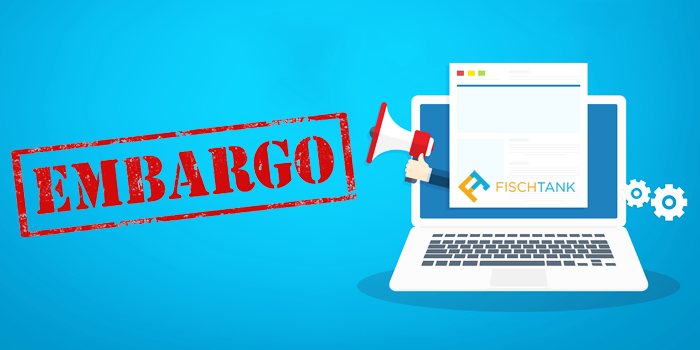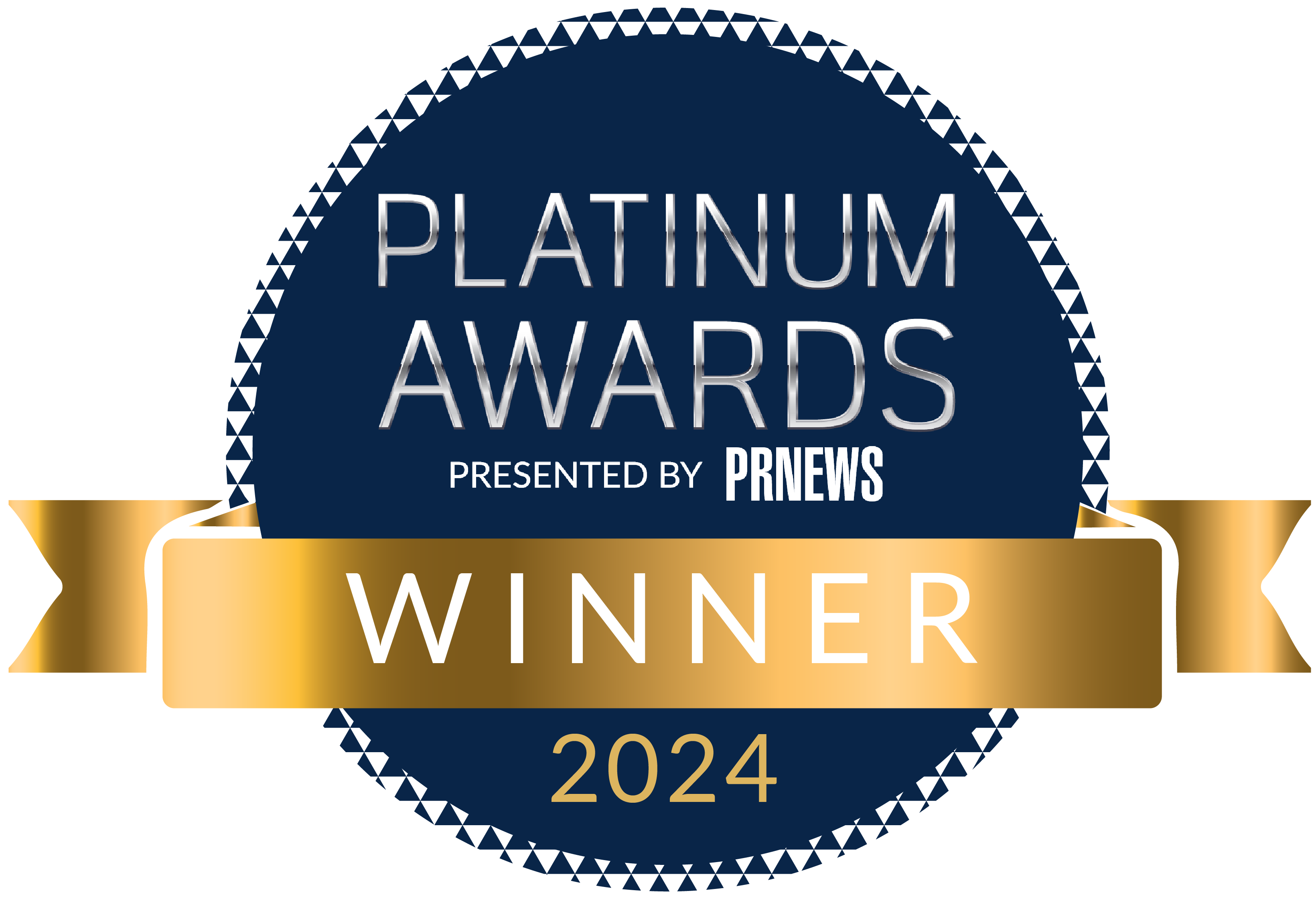One of the most exciting aspects of working in public relations is developing a media relations strategy for client or company milestones, especially the more significant announcements. These span capital raising, business expansion, technological development, lucrative partnerships, award wins, new customers and revenue generation, among others that are all opportunities to pitch under embargo.
Companies and their PR firms alike must understand that an assertive media relations strategy is key to achieving driving journalist interest and achieving maximum visibility for an important announcement. Pitching an announcement under embargo – which was once a common practice in our industry – is the most effective way of working with journalists to break news. And yet, many PR practitioners and firms fail to utilize this approach, often relying on press release distribution services or low hanging fruit to secure opportunities. If you’re lost on how to do it right, you’ve come to the right place:
High level: A pitching under embargo strategy is predicated on providing the news to reporters / media outlets in advance with the “agreement” not to publish or share the details prior to a specified date. This process enables PR folks to gain interest and secure media coverage before the official announcement, leaving less guesswork and ultimately achieving more results.
Establish embargo terms: It is important to clearly state the embargo terms to the journalist. These terms should include the embargo date, time, exclusivity and any other pertinent conditions. The embargo terms should be included in your initial pitch and reiterated upon the reporter’s acceptance to review the information. Keeping an ongoing dialogue with the journalist regarding the embargo and their interest in covering it is crucial to confirming if they intend to cover the announcement.
Messaging: When pitching the announcement to media outlets and journalists, the pitch should be personalized using an angle that aligns with their audiences interests. Write a pitch highlighting the announcement’s main points and state the relevance of the value of this information to those reading/watching/listening to the story. Accomplish this by including quotes and statements from the press release, and incorporating into the pitch. Metrics and data points, where appropriate, should be shared at a high level. And of course, the subject line and pitch should clearly state what it is, and that it is under embargo.
Media relations:. A media list should include reporters covering news relevant to your brand’s announcements and industry. Building relationships with all relevant journalists and media outlets in each specific market is essential. Contacting top-tier reporters with whom you have an established relationship with or who have shown interest in your brand previously can help secure media coverage of the announcement. Engaging the industry trade publications is necessary because their audience is clearly defined and focuses on your company’s respective business.
To reach a broad group of reporters at the same publication, be transparent by acknowledging it in a group email. They probably sit next to each other in a newsroom somewhere! Sometimes, they may pass along your pitch to another colleague covering the subject matter, which can be a big win in securing coverage.
Another tip is knowing the difference between reporters focusing on breaking news and those working on developing feature stories, which is helpful when pitching under embargo. A breaking news reporter may ask for an exclusive, which I have experienced working with outlets like Reuters and Bloomberg News. Offering an exclusive allows a reporter to break the news before the press release goes live or other outlets cover it.
Share Press Release & Other Materials: Once the reporter accepts the embargo terms, share the supporting materials, including a copy of the press release, images, and reports, to keep them engaged about the upcoming announcement. Many journalists may have questions about the information, which opens the door to a Q&A or scheduling an interview with your spokesperson. This is a positive sign that the reporter is interested in the news shared, and increases the chances of covering your brand’s announcement.
Follow Up: It is essential to follow up and keep the reporter engaged, offering additional information and addressing any questions they may have. Sharing an exciting update about the announcement, relevant hooks, or current news related to the subject matter can enhance the value of your release to the reporter and their audience. To ensure the reporter does not feel pressured, you should engage politely, respect their time, and contact them within a few days after the initial email or correspondence. This approach will foster a positive and ongoing relationship with them.
Monitor Closely: To confirm that the embargo agreement is honored, media mentions leading up to the expiration must be closely monitored to ensure journalists honor the release time. If the embargo agreement is broken early, you should immediately contact the reporter (sometimes it’s their editor!) who published prematurely, reiterate the embargo terms, and ask to have the published article removed since the announcement is not public. You should also inform the brand leadership about the embargo breach and let them know that you are coordinating with the reporter and media outlet to postpone the publication until the scheduled date and time.
Managing expectations: Reporters may have specific requests for reviewing and publishing an announcement. They might propose changing the announcement date to align with their schedules or when they think it is best to publish, which can result in an announcement geting more buzz. Being aware of the potential for these requests is important when communicating with your brand leadership or client about the expectations of the journalists. Always advise accordingly by sharing details of why this may work to their advantage. Keep in mind that not all brands and their spokespersons, or scenarios, are the same. I recommend maintaing full transparency and sharing a list of reporters who are reviewing or potentially interested in publishing the announcement. This way, brand leadership / clients are aware of the status of your outreach, and it will also help them manage their expectations.
FischTank considers embargo outreach as a strategic way to engage reporters about announcements that result in prominent, impactful media coverage. To achieve a successful outcome, you must have a great pitch and build a thoughtful list of reporters covering the respective subject matter to increase chances of coverage. These efforts will help generate interest and secure media coverage for your brand or client’s upcoming announcement!




